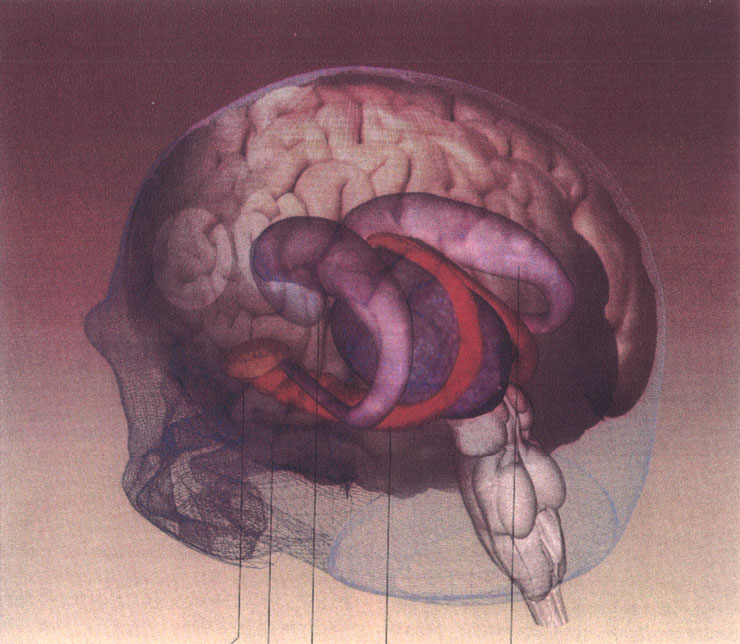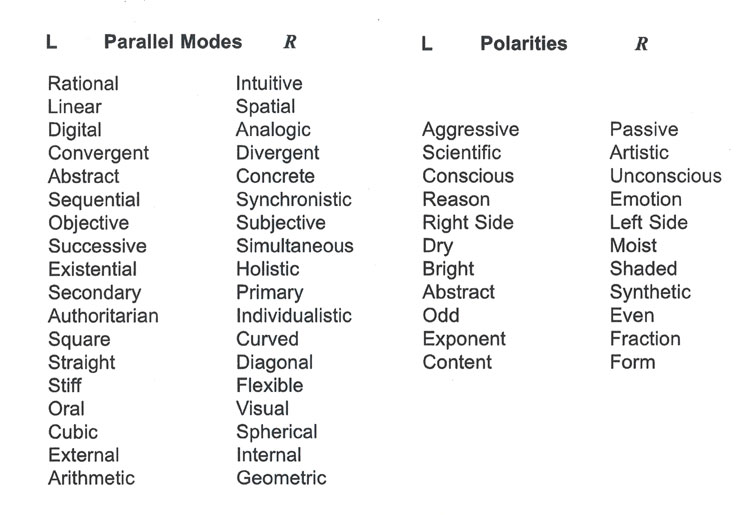The Powers of Two
The Cubic and Spherical Models of the Global Matrix represent the two modes of information processing, the digital mode is analytic or reduction - 1st, the analog mode is relational or holistic, both digital and analog models map to one "data unit."
In aggregate, we manipulate these "data units" statistically within these "dual environments. We digitally "crunch" the numbers inside the external reference system and then we visually display the results globally outside an internal reference system, in an analog fashion, of course. These two models are inverse analogs of each other; and we can just as easily manipulate data in the analog model and display it within the external reference of the digital model.
However, in terms of Modes, the digital mode excels at symbolically manipulating data, and the analog mode excels at visually dis-playing that data, regardless of which "model" (or combination of models), sorted and generated that data.
Each model is an "antithesis" of the other model's "thesis," when the data from these two models is syntheticized we can visually display this data in a global manner. There are a number of global logic modes, which include:
The Bi-polar Environment
The Geo-synchronous Environment
The Extraplotive Environment
The Synthetic Environment
All of these relational modes can represent complex or chaotic models in a global context, many of these models are replicated by Cellular Automata (CA's). CA's are self-similar units on some kind of global scale, which are all programmed in some self-similar and automatic fashion, within the Global Matrix.

